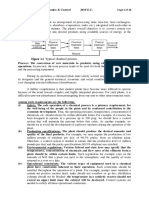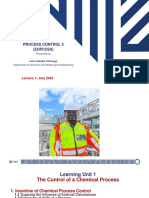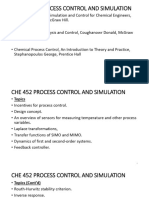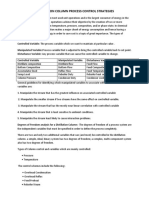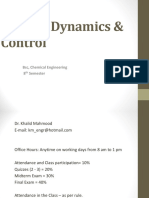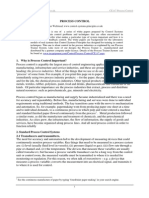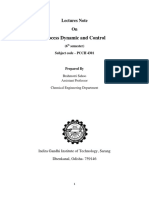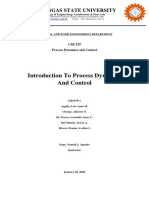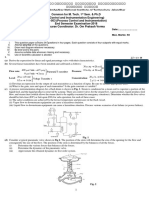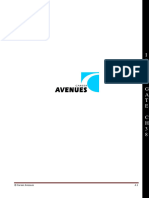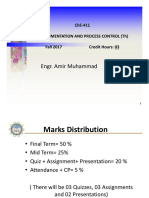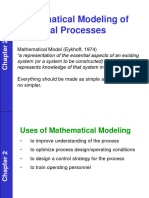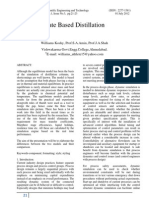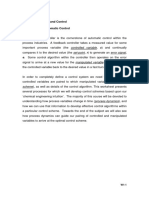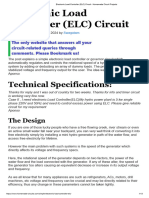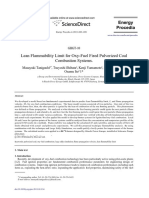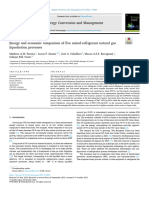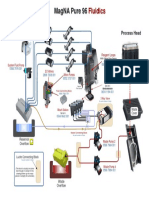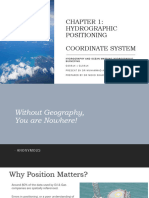0% found this document useful (0 votes)
19 views38 pagesPDC Lecture Notes Unit 1 Complete
The document discusses the dynamics of chemical processes and the importance of control systems in ensuring safety, production specifications, environmental regulations, operational constraints, and economic efficiency. It covers mathematical modeling of chemical processes, including state variables, mass and energy balances, and various types of systems such as first-order and second-order processes. Additionally, it provides examples of dynamic responses to standard inputs and outlines the need for control systems to optimize process performance.
Uploaded by
sheldonnoronha07Copyright
© © All Rights Reserved
We take content rights seriously. If you suspect this is your content, claim it here.
Available Formats
Download as PDF, TXT or read online on Scribd
0% found this document useful (0 votes)
19 views38 pagesPDC Lecture Notes Unit 1 Complete
The document discusses the dynamics of chemical processes and the importance of control systems in ensuring safety, production specifications, environmental regulations, operational constraints, and economic efficiency. It covers mathematical modeling of chemical processes, including state variables, mass and energy balances, and various types of systems such as first-order and second-order processes. Additionally, it provides examples of dynamic responses to standard inputs and outlines the need for control systems to optimize process performance.
Uploaded by
sheldonnoronha07Copyright
© © All Rights Reserved
We take content rights seriously. If you suspect this is your content, claim it here.
Available Formats
Download as PDF, TXT or read online on Scribd
/ 38

